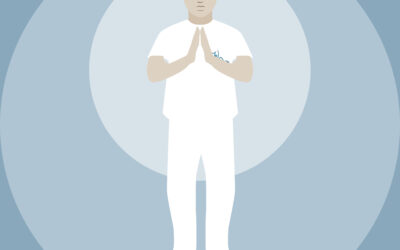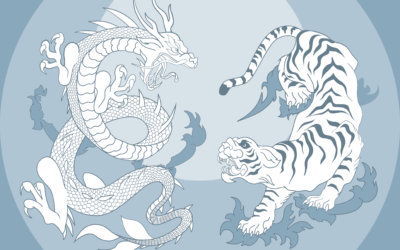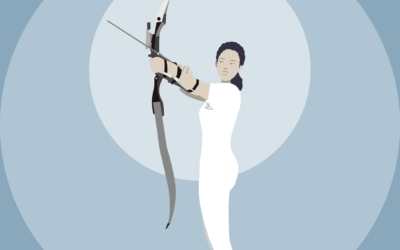Embodying Flow: Stances, Forms and Centre in the Awakened Martial Way
In the awakened martial path, stances and forms are vital for cultivating a practitioner’s techniques, balance, and overall mastery. However, the conventional training approach of deconstructing fluid movement into sequential postures can inadvertently lead to absorbing and ingraining disjointed, staccato movements rather than embodying continuous flow.
![WashindoIllustrations [Recovered]-10 WashindoIllustrations [Recovered]-10](https://washindo-kai.co.uk/wp-content/uploads/2024/04/WashindoIllustrations-Recovered-10-scaled-300x300.jpg)
Online examples abound of Kihon and kata performed as a series of disconnected stops and starts, lacking the qualities of unbroken, flowing presence.
Martial artists describe stances in terms of weight distribution, foot orientation, and bodily positions – particularly the legs and torso – adopted fluidly throughout various movements and techniques. Establishing a solid root with a lowered centre of gravity is paramount, as it forms the foundation from which power, mobility, strikes and defences emanate.
A strong yet stable base allows techniques to manifest with harmony – powerful yet fluid, quick yet precise, each movement seamlessly transitioning into the next. Proper stance, unified with diaphragmatic breathing, ensures the entire body moves as an indivisible, synergistic whole rather than a collection of disparate parts.
While there are various specialized stances, an optimal stance embodies balanced readiness before and during offensive and defensive techniques, incorporating smooth hip rotation. It is the mindful application of techniques while moving fluidly with one’s partner that defines the natural speed and transitions between stances.
Forms, known as kata, are choreographed sequences of techniques and movements practiced with repetitive, meditative awareness. Their purpose is to refine technique, balance, fluidity, mental concentration, and present-moment mindfulness. Forms enshrine traditional teachings while serving as artistic expressions. Yet from the beginning, forms must transcend mere memorized movements to flow naturally, embodying the essential spirit of the awakened martial way.
In these awakened arts, understanding and properly utilizing one’s centre of gravity is vital for all applications, techniques, and movements. For most practitioners, this vital centreresonates approximately ten centimetres below the navel. Initiating movements from this embodied centre allows one to generate maximum force while maintaining unwavering stability and rootedness.
A lowered centre provides superior equilibrium, allowing martial artists to maintain balance even when executing the most dynamic techniques. Mastering the ability to keep this centredgravity line, coupled with integrating breath to prevent rising up, is paramount.
Whether practicing the fundamentals of Kihon (core technique repetition), flowing through the choreographed presence of kata, engaging in the responsive, co-creative dance of kumite (prearranged partner sequences), or fully inhabiting the unshakable, unified awareness required for randori (responding to multiple, random attackers), all practice must embody the qualities of ever-present, centred, grounded awareness akin to the meditation practitioner fully abiding in this present moment.
Just as the yoga or martial artist masters stances and forms through committed cultivation over time, so too must the awakened warrior dedicate themselves to the unremitting practice of moving from this centred source – integrating mind, breath and gravity-rooted embodiment to flow like water guided by a purified centre of spiritual and somatic awakening.




